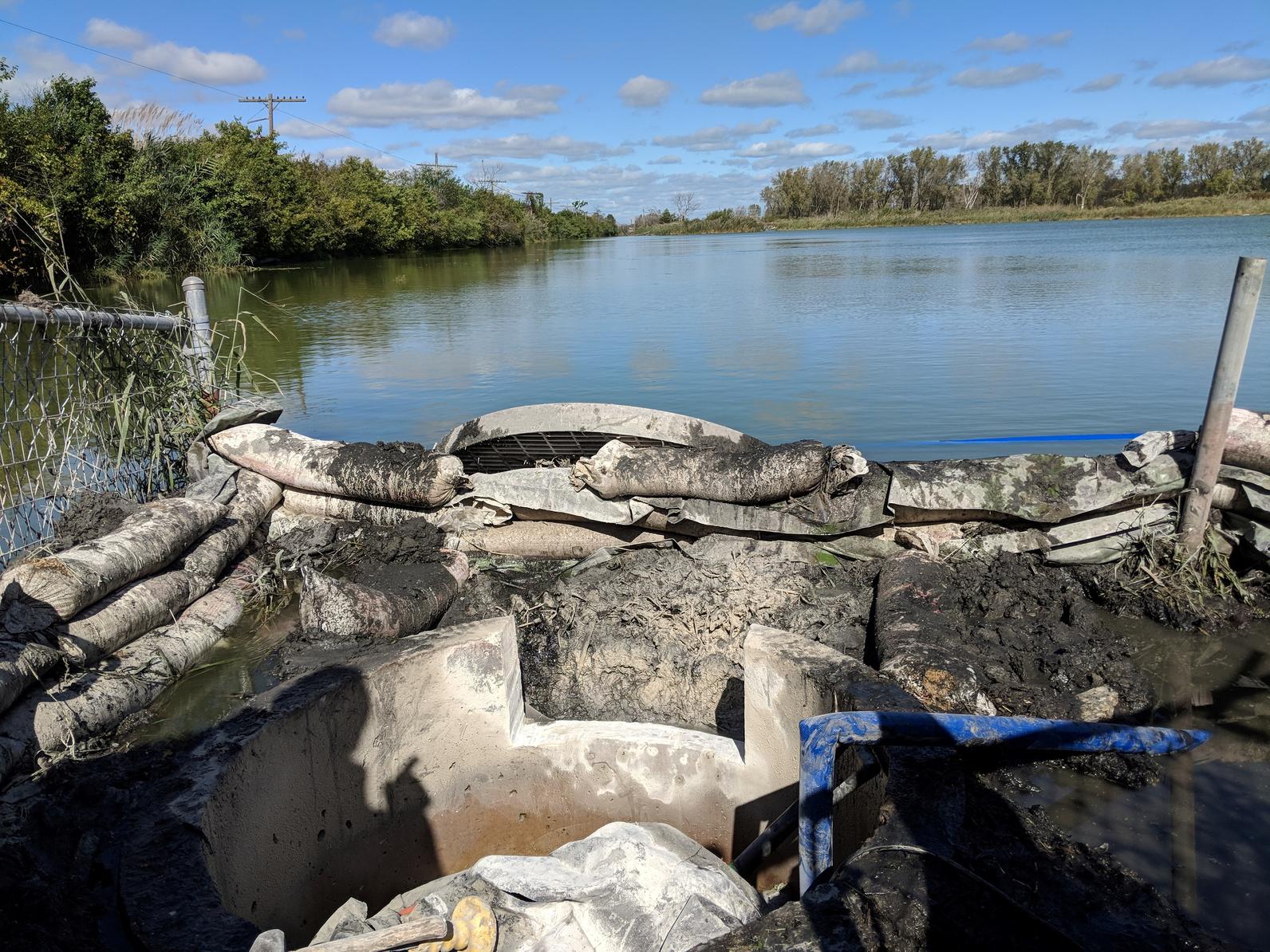With support from the Wildlife Conservation Sociey Climate Adaptation Fund, Audubon is building resiliency to climate change right here in the Great Lakes by working with public landowners to develop and install water control programs as an adaptation strategy for climate change at two pilot urban preserves in the Calumet region, Eggers Grove Marsh and Indian Ridge Marsh.
The coastal wetlands of the Calumet Region are critically important for countless wildlife and provide stopover habitat for millions of landbirds, shorebirds, and waterfowl that migrate across the Great Lakes each year in spring and fall. However, this region is especially critical for breeding marsh birds, such as King Rail, Pied-billed Grebe, Marsh Wren, Sora, among others. These birds serve as indicators for functional coastal wetlands: their documented breeding success provides evidence of water quality; healthy insect, fish, and amphibian communities; as well as natural climate resiliency in water-absorbing and filtering wetlands.

Three significant and interconnected climate change impacts are threatening coastal wetlands of the Calumet Region and the wildlife and people that depend on them. More rapid fluctuations of Great Lakes water levels are significantly disrupting native plant and animal communities while increasing the opportunity for invasive species establishment. More frequent and intense precipitation and storm events are resulting in greater residential and coastal infrastructure damage (exacerbated by the continued loss of coastal wetlands, which serve as buffers to flooding events). And long-term declines of Great Lakes water levels will alter and in some cases eliminate suitable conditions for many of the existing Great Lakes coastal wetlands.
To address the mounting challenges posed by climate change, Audubon is investing in a two-pronged approach: restore and protect coastal wetlands as a natural resiliency tool; and provide land managers the hydrological management technology necessary to sustain those wetlands under changing climatic conditions with the design and construction of water control structures that will recreate the original dynamic hydrology of the wetlands, and restoring its resilience to increased drought, flooding and rapid fluctuations in Lake Michigan water levels. With occasional water draw-downs, we can stimulate seed germination recreating emergent plant communities that provide breeding grounds for marsh birds and trap sediments and pollutants from our waterways.







